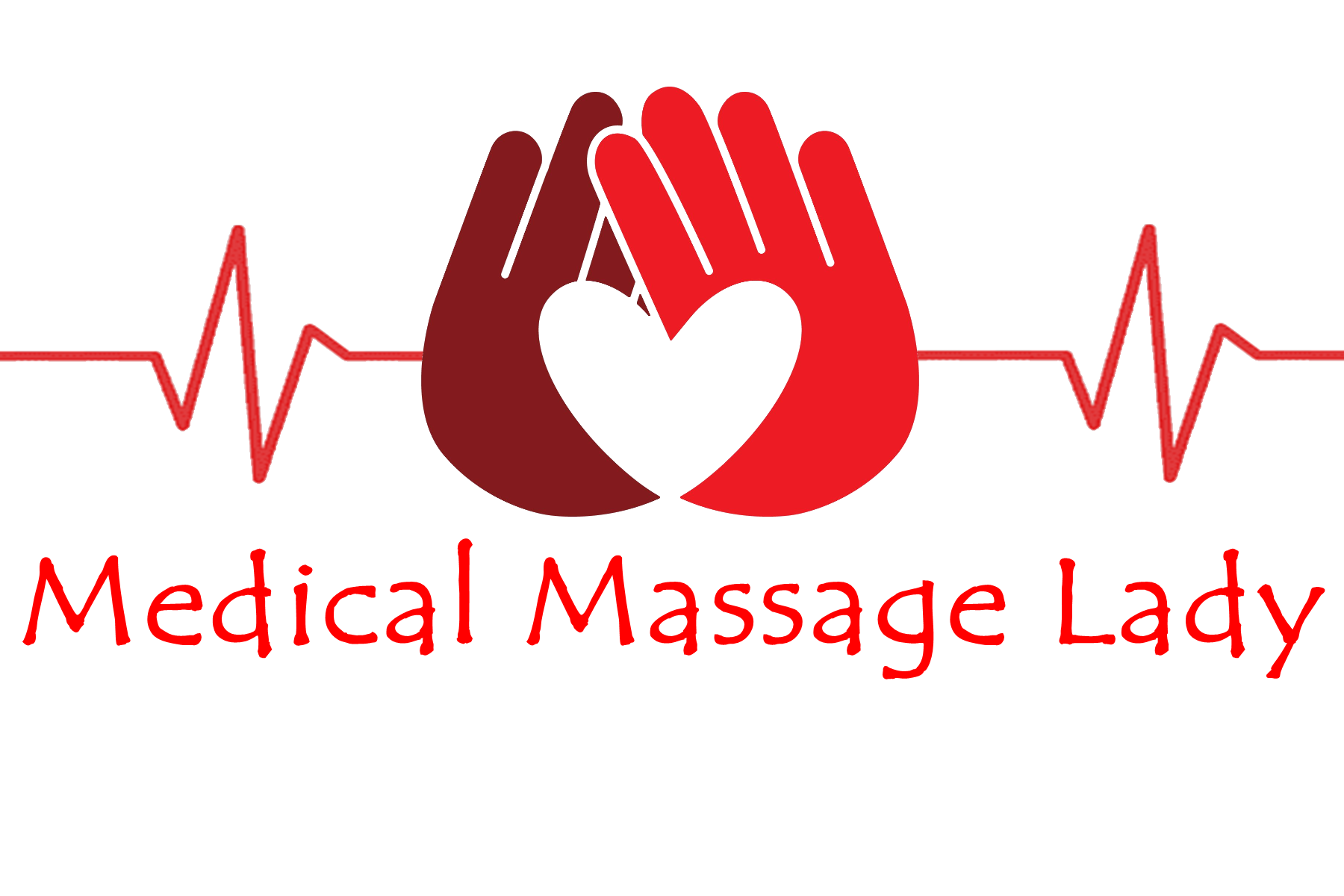- 07736 104738
- sam@medicalmassagelady.com
- Mon - Sat, 8:00 - 18:30
Osgood-Schlatter disease is an overuse injury occurring during pubertal growth spurts in adolescents, causing painful, bony bumps just below the knee, at the top of the shinbone. These bumps occur due to inflammation of the growth plate (cartilage) in the upper shinbone, which is weaker than the bone and therefore at increased risk of injury.

Once the bones stop growing, between 14-18 years old, the problems are usually resolved. Despite Osgood Schlatter Disease originally affecting boys more, this has now changed due to girls taking part in sports at an earlier age.
RISK FACTORS
- AGE - occurs during pubertal growth spurts ie.boys aged 12 - 14 and girls aged 10 – 13
- GENDER - more common in boys, but is now affecting more girls as they become more involved with sports
- SPORT - more common in sports that involve running, jumping and sudden changes in direction eg.football, basketball, ice skating and ballet
- FLEXIBILITY - tight quadriceps muscles can increase the patellar tendon’s pull on the growth plate at the top of the shinbone
CAUSES
- the bones, muscles, and tendons grow at different rates during growth spurts potentially causing the patellar tendon, which connects the shinbone to the kneecap, to pull on the growth plate in the upper shinbone. Repeated pulling during sports causes inflammation of the growth plate
- a tight quadriceps muscle in the thigh can further pull on the patellar tendon
- when the body forms new bone in an attempt to close the gap in the growth plate, this can cause a bony lump to develop at the front of the upper shinbone, just below the knee

SYMPTOMS
- pain and just inflammation under the kneecap
- pain worsens during running, walking uphill, kneeling and jumping, but improves with rest
- usually occurs in one knee, but it can occur bilaterally
- pain may continue for months until the growth spurt stops
COMPLICATIONS
Medical advice should be sought if:-
- chronic pain interfering with daily activities
- the knee is noticeably red and swollen
- if the knee locks or is unstable
- a bony bump may remain just below the knee even after symptoms subside
- in rare cases, the growth plate may be pulled away from the shinbone

TREATMENT
- using an ice pack for 15 minutes every couple of hours
- anti-inflammatories
- if pain with sport causes a limp, then rest for a couple of days
- physical therapy to maintain muscle strength and flexibility in the leg
- in severe cases a complete break from sport may be required
PREVENTIVE MEASURES
- wear shock-absorbing insoles in sports shoes
- stretch before and after sports
- use a heat pack on the knee for 15 minutes before sports
- use ice pack on the knee for 15 minutes after sports
- wear protective kneepads
THE AIM OF MASSAGE TREATMENT
- to increase circulation in the legs
- to relax the quadriceps muscle, IT band, also gluteal muscle (with consent), and also the gastrocnemius and soleus in the calf
- passive stretching of the quads and IT band




